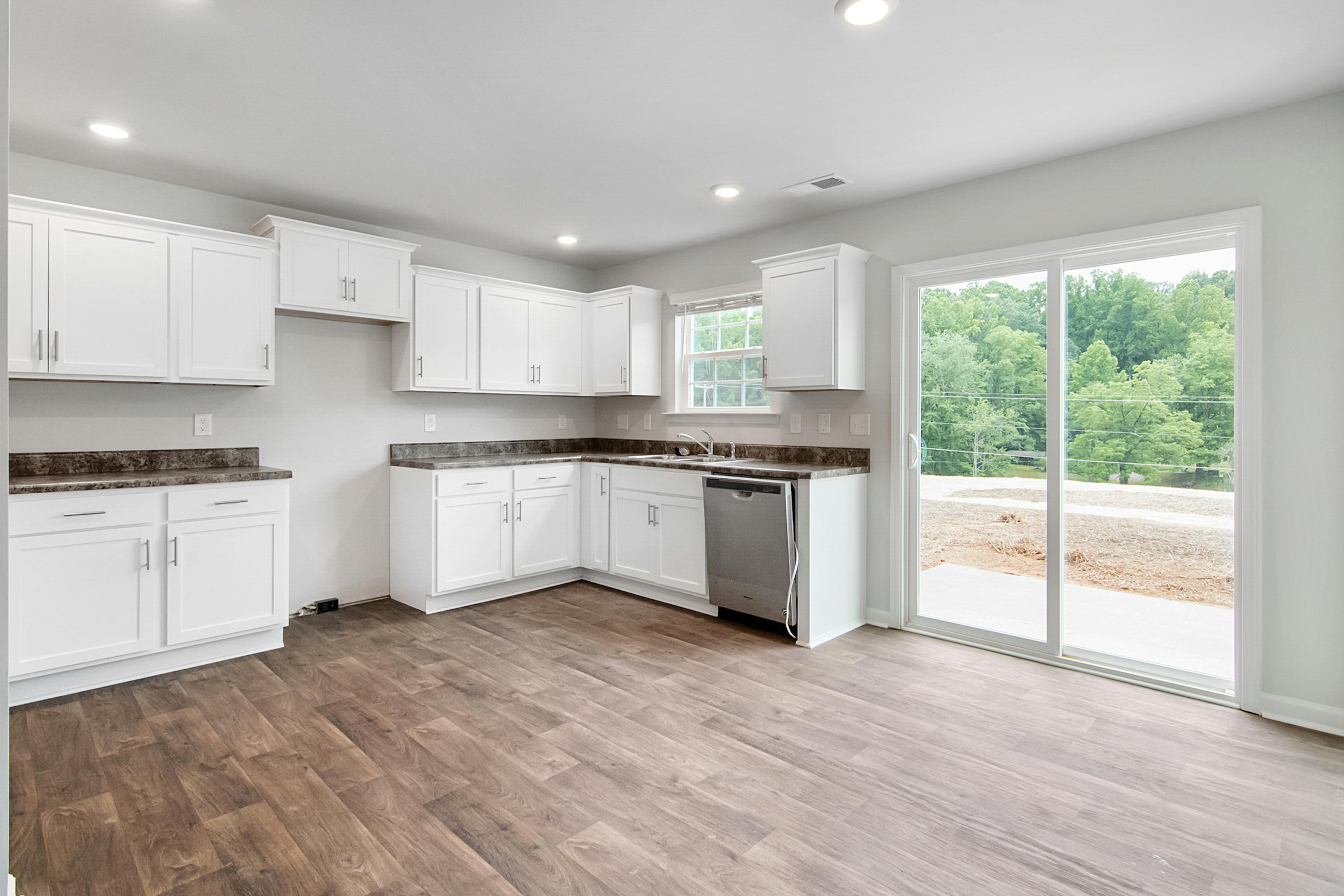History of the solitaire card game
Like the origin of playing cards, the origin of solitaire is largely unknown as there are no historical records to support it. There is much conjecture and controversy about the history of Solitaire as to where he actually started. However, the first written documentation of solitaire does not appear until the late 16th century and since then Solitaire has had a long history and at one point had a less than stellar reputation.
Around the 12th century, the game “Al-qirq” (the mill, in Arabic), which would later become the game of “Alquerque”, was the most widespread game until the end of the 12th century in Europe. Playing cards were first introduced to Italy in the 13th century. During that time they also became popular in Northern Europe. There is a card game called Tarok that was invented around that time and is still played to this day. It is also believed that solitaire games were first played with tarot cards, which would indicate that solitaire likely preceded traditional multiplayer card games.
The French engraving of the Princess de Soubise showing her playing a card game dates from 1697. Legend has it that Solitaire was invented by Pelisson, a French mathematician, to entertain Louis XIV, known as “Roi Soleil” (Sun King). ). Another legend has it that an unfortunate French nobleman, while imprisoned in the Bastille, devised the game using a fox and goose board (the fox and goose board has been used for a variety of board games in Northern Europe since the early 1900s). vikings). There is doubt about these legends, since Ovide wrote about the game and described it in his book “Ars Amatoria”.
The end of the 16th century was an active period for the invention of various card games. It was then that the ace first appeared as high rather than low in card rankings. Several new card games were invented during this time and new variations were added, so it is likely that this is a time when solitaire games were also invented and named.
The first known rules of the game of solitaire were recorded during the Napoleonic era. The author of War and Peace, Tolstoy, enjoyed playing solitaire and mentioned it in a scene from his famous novel. Tolstoy sometimes used cards to make decisions for him in a somewhat superstitious way. Most of the early literature that mentions patience is of French origin. Even the very word ‘solitary’ is of French origin and means ‘patience’. The names of most early solitaire games are also French names, the best known being La Belle Lucie. When Napoleon was exiled to Saint Helena in 1816, he used to play Patience to pass the time. Deported to the island lost in the ocean, he knew what it felt like to be completely locked up; he also knew how letters could comfort someone condemned to loneliness. During his exile in Santa Elena, Napoleon Bonaparte played patience in his spare time. Some solitaire games were named after him, such as Napoleon in Saint Helena, Napoleon Square, etc. It is not known if Napoleon invented any of these solitaire games or someone else in that same time period.
Solitaire publications began to appear in the late 19th century. Lady Adelaide Cadogan is believed to have written the first book on solitaire rules and patience games called “Illustrated Games of Patience” just after the Civil War (1870) containing 25 games. It is still occasionally reprinted even today. However, other non-English solitaire compilations may have been written before that. Before this, moreover, there was no literature on solitaire, not even in books like Charles Cotton’s The Compleat Gamester (1674), Abbé Bellecour’s Academie des Jeux (1674), and Bohn’s Handbook of Games (1850), all which are used as a reference in card games. In England “Cadogan” is a household word for solitaire in the same way that “Hoyle” is for card games.
Lady Cadogan’s book spawned other collections by other writers including EDChaney, Annie B. Henshaw, Dick and Fitzgerald, HE Jones (aka Cavendish), Angelo Lewis (aka Professor Hoffman), Basil Dalton, and Ernest Bergholt. ED Chaney wrote a book on solitaire games called “Patience” and Annie B. Henshaw wrote a book with an interesting title “Amusements for Invalids”. Several years later, Dick and Fitzgerald in New York published “Dick’s Games of Patience” in 1883, followed by a second edition that was published in 1898. The author, Henry Jones, wrote a fairly reliable book on solitaire called “Patience Games.” Another Jones, not related to Henry, Miss Mary Whitmore Jones wrote 5 volumes of solitaire books over a twenty year period around the 1890s. Various other publishers of various game books also added solitaire to their long lists of games in their titles. One of the most complete solitaire books was written by Albert Morehead and Geoffrey Mott-Smith. Its latest edition contains rules for more than 225 solitaire games and was used at this writing.
Leo Tolstoy’s “War and Peace” mentions a scene that took place in 1808 where the characters played patience. Charles Dickens “Great Expectations” is mentioned only in his story. In Evelyn Waugh’s “A Handful of Dust,” a character plays patience while waiting for news of a death to reach London.
In Fyodor Dostoevsky’s novel [The Brothers Karamazov], the character Grushenka played a solitaire game called “Fools”, a Russian equivalent of “Idiot’s Delight”, to overcome times of crisis. Franklin D. Roosevelt played a very popular solitaire game, spider solitaire. Somerset Maugham’s “The Gentleman in the Parlor” mentions Spider solitaire and cites playing solitaire as “a creepy disposition”. In John Steinbeck’s novel Of [Mice and Men], the protagonist George Milton often plays Solitaire on the road and on the farm. In “Peter Duck,” one of the books in Arthur Ransome’s Swallows and Amazons series, Captain Flint keeps busy playing Miss Milligan.
In the 1962 film “The Manchurian Candidate,” Raymond Shaw is forced to perform specific actions through a brainwashing trigger, often involving a game of traditional solitaire and finding the queen of diamonds. In the Finnish TV series “Hovimäki”, Aunt Victoria is very fond of playing solitaire.
Various solitaire games have gained fame through literature and other avenues. Some solitaire games were invented in unexpected places. A notable inventor of solitaire games was Bill Beers. He was in an asylum when he invented a variation of Cribbage Solitaire. Prisoners had plenty of time to play solitaire, but they couldn’t use traditional cards because they could be used as an edged weapon. They were forced to use thicker tiles for cards that were bulky and unwieldy.
A famous casino is responsible for the invention of a very popular solitaire game. Mr. Canfield, a casino owner in Saratoga, invented a game in which one bought a deck of cards for $52 and got $5 for each card played to the foundations. He earned an average of $25 per game, however each game required a spell dealer to observe the player, so the profit was not as high as one might think. The actual name of this popular game was Klondike, but the name Canfield has stuck and is used almost as commonly as the word patience. Due to its difficulty to win, the time required to play, and the lack of options along the way, Klondike has lost some popularity to other popular solitaire games. Today, most people refer to the Klondike simply as Solitaire.
Both solitaire and the reasons why people enjoy playing these card tiles have, of course, changed since the old days when solitaire appeared. In the contemporary world, sometimes we need a break from the daily hustle and bustle of the tedious routine. Solving solitaire is not just a form of distraction to kill time; It’s also a safe way to unwind after work. Long Winter Nights, he helped Jack London’s characters entertain their leisure. A great musician, Nicolo Paganini was also a supporter of solving solitaires; the most beloved loner of his was later called by his name.
A good solitaire not only helps you relax and kill time; it’s great mental gymnastics too. This is why loners attracted mathematicians like Martin Gardner and Donald Knut. As his contemporaries attest, Prince Metternich, an eminent 19th-century diplomat, used to sit and ponder complicated solitaires before initiating the most difficult negotiations.
Today, most people refer to the Klondike simply as “Lonesome.” Due to its difficulty to win, the time required to play, and the lack of options along the way, Klondike has lost some popularity to other popular solitaire games.
When we think of solitaire games today, many people would immediately think of the digital versions for computers, for example, solitaire for Mac and solitaire games for PC, however, there are still millions of people who play the “old way” with a standard deck of cards, perhaps very similar to the deck of cards Napoleon played with almost 200 years ago.









